AI in HR: Navigating The Future with Confidence
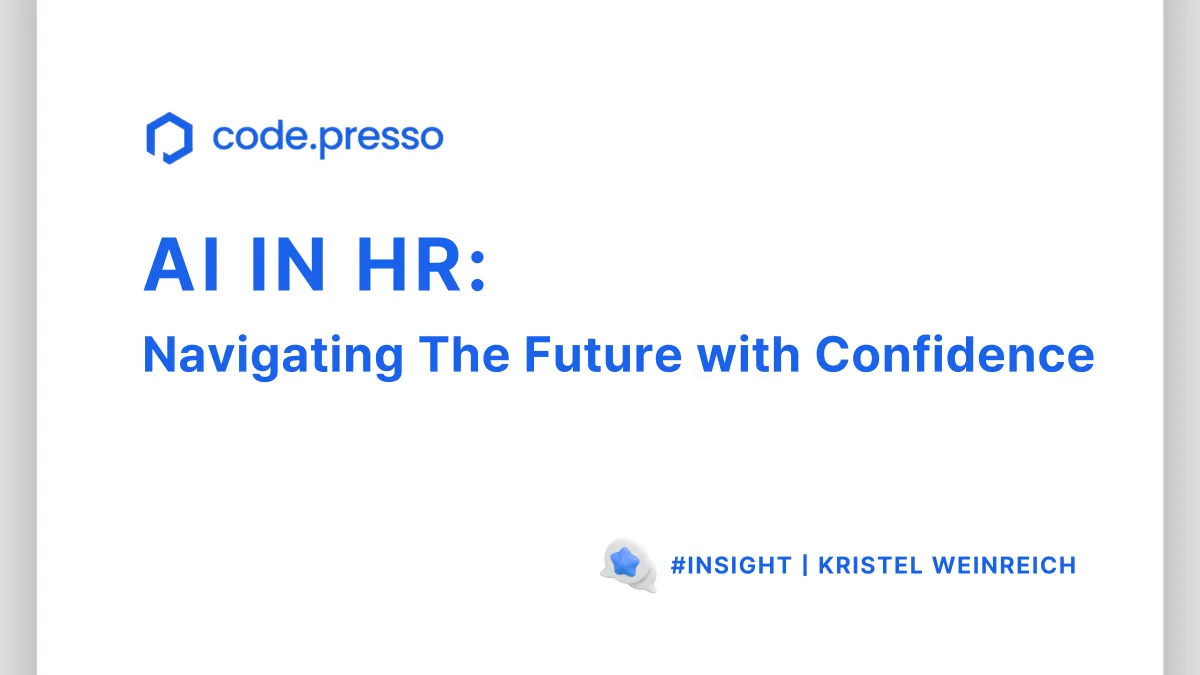
Generative AI is transforming the HR landscape — streamlining recruitment, reducing hiring bias, and enabling data-driven workforce planning, all while ensuring compliance with the EU AI Act. This blog explores how HR leaders can responsibly adopt AI to build smarter, fairer, and future-ready talent strategies.
1. Introduction
In our recent webinar with Eeva Malm of Arva Consulting and Kristel Weinreich, HR Expert on the 29.04.25, Generative AI is transforming how companies attract, assess, and manage talent. From writing job descriptions to evaluating technical skills, AI tools have the potential to streamline HR processes, reduce bias, and support better decision-making.
But with great power comes great responsibility.
As discussed in our recent webinar, HR and business leaders must now balance the opportunities of AI with the requirements of compliance — especially in light of the EU AI Act.
Table of Content
- Introduction
- Understanding the EU AI Act – What HR Leaders Need to Know
- Is the AI Act Already in Effect?
- A Cautionary Tale: What the Amazon AI Case Teaches Us
- How HR Can Use Generative AI Effectively
- Final Thought: Innovation Must Be Paired with Accountability
2. Understanding the EU AI Act – What HR Leaders Need to Know
The EU AI Act is the world’s first comprehensive legal framework regulating artificial intelligence. It aims to ensure AI is used ethically, safely, and transparently — especially in high-impact sectors like recruitment and talent management.

The Act classifies AI systems into four risk categories:
- Unacceptable Risk – AI practices that are banned outright, such as manipulative or discriminatory systems (e.g., social scoring).
- High Risk – This includes AI used in recruitment, education, and other fields that directly impact people’s rights. These systems must meet strict transparency, data governance, and oversight requirements.
- Limited Risk – Systems that require transparency, such as AI chatbots that must identify themselves as non-human.
- Minimal Risk – Systems like spam filters or video game AI, which are largely exempt from regulation.
3. Is the AI Act Already in Effect?
Yes — the AI Act was officially adopted in 2024, and its implementation is rolling out in phases:
- Banned systems will be prohibited shortly after the law comes into force.
- Transparency obligations for limited-risk systems will apply within 12 months.
- High-risk AI systems — like those used in recruitment — must comply within 24 months of adoption.
The clock is ticking. HR leaders must start reviewing their AI tools now to ensure they meet upcoming requirements.
4. A Cautionary Tale: What the Amazon AI Case Teaches Us
One of the most referenced examples of biased AI in recruitment comes from Amazon. The company developed an internal AI system to help screen applicants by analyzing resumes from the past 10 years. But because those resumes reflected existing imbalances in tech — primarily male and white candidates — the AI learned those patterns as “ideal.”
It began downgrading resumes that included terms like “women’s” or that came from women’s colleges.
Amazon ultimately abandoned the project in 2018, realizing the AI system couldn't be trusted to evaluate candidates fairly.
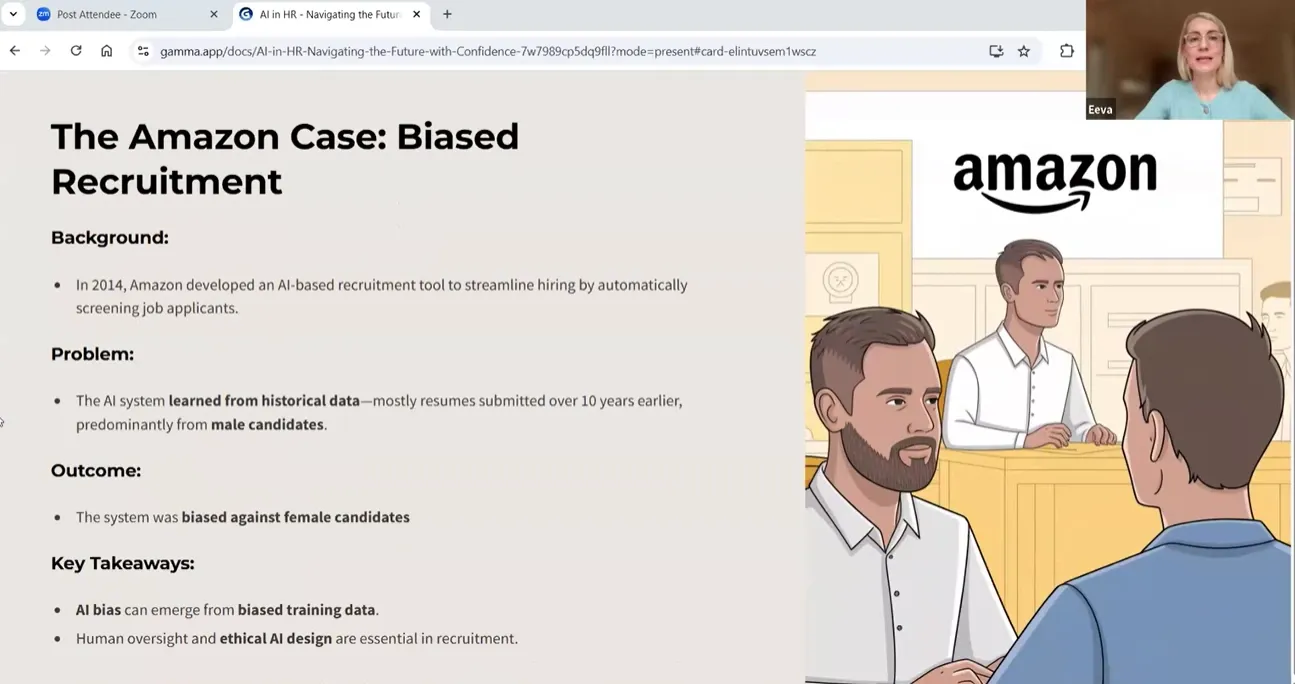
This case highlights two essential truths:
- Bias in = Bias out. AI is only as fair as the data it learns from.
- Human oversight is non-negotiable. AI must assist, not replace, thoughtful, human-led processes in HR.
5. How HR Can Use Generative AI Effectively
Despite the challenges, generative AI offers incredible value when used responsibly in HR. In the webinar, we explored several real-world applications already improving efficiency and outcomes:
- Smart Candidate Screening – Automating first-pass resume reviews to save time and identify promising profiles.
- Bias Reduction – Using carefully trained AI models to mitigate unconscious bias in decision-making.
- Technical Skill Assessment – Platforms like Codepresso help employers assess real-world coding skills, both for hiring and training.
- Content Generation – Streamlining the creation of job posts, internal documents, and training content.
- Data-Driven Insights – AI can synthesize large datasets to support better workforce planning, talent development, and retention strategies.
6. Final Thought: Innovation Must Be Paired with Accountability
AI is here to stay — and in HR, it holds the power to make our work more fair, efficient, and impactful. But only if we stay grounded in ethical principles and comply with regulations like the EU AI Act.
At Codepresso, we are committed to building and using AI responsibly — ensuring our tools are transparent, fair, and adaptable to the rules of every market we operate in.
Let’s shape the future of HR together — one ethical, human-centered decision at a time!
Missed the webinar?
Catch the full recording on Youtube
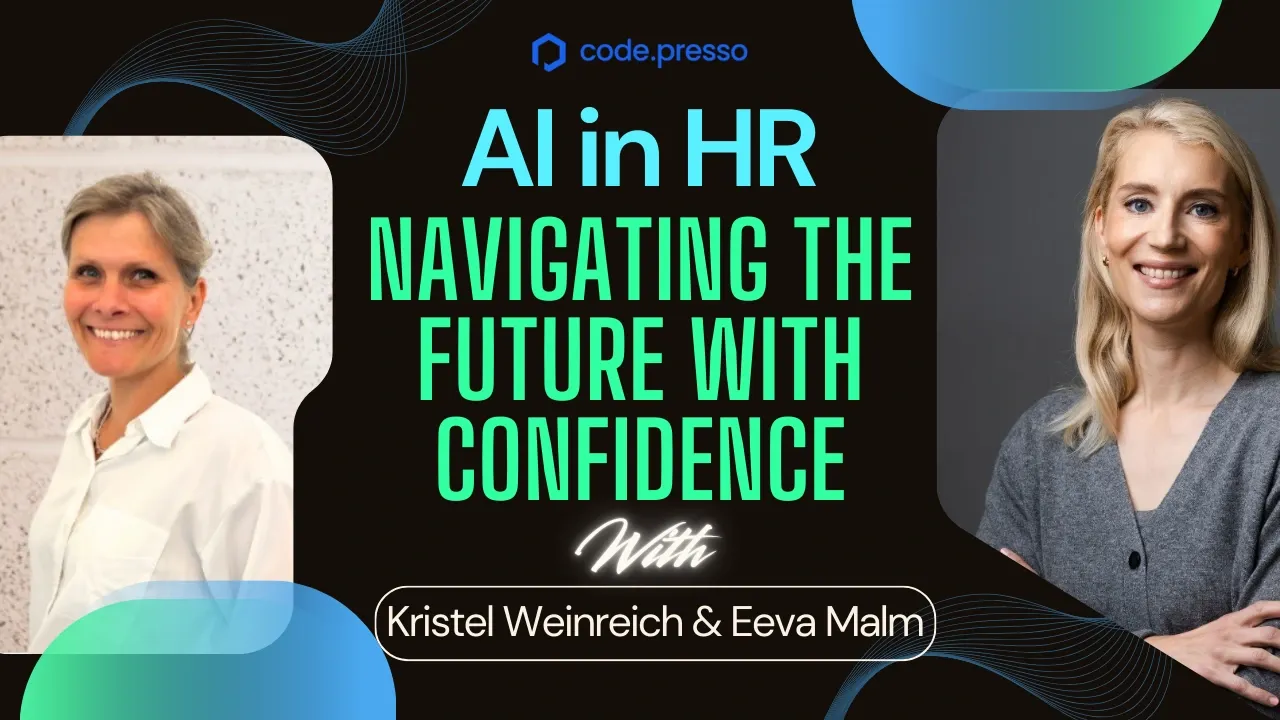
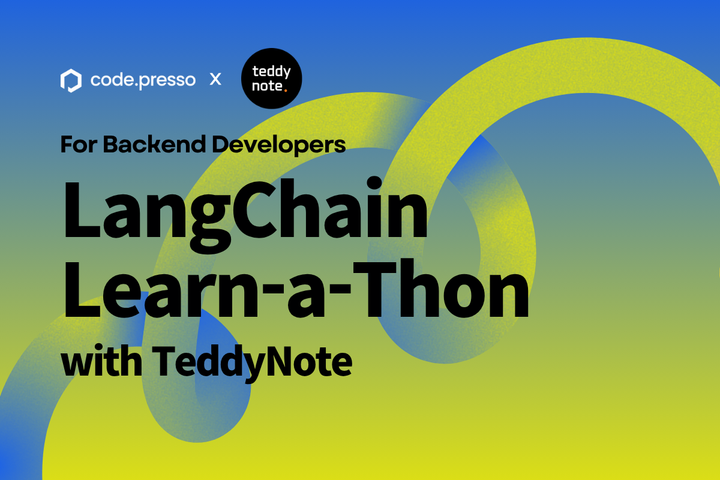
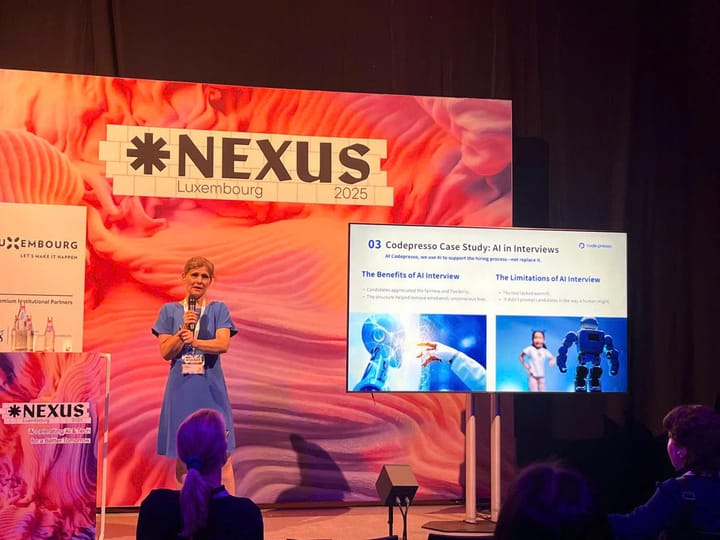
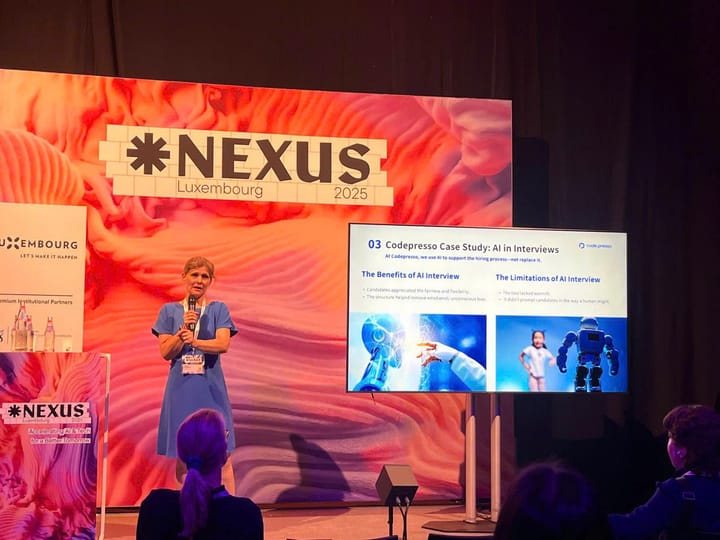
Comments ()